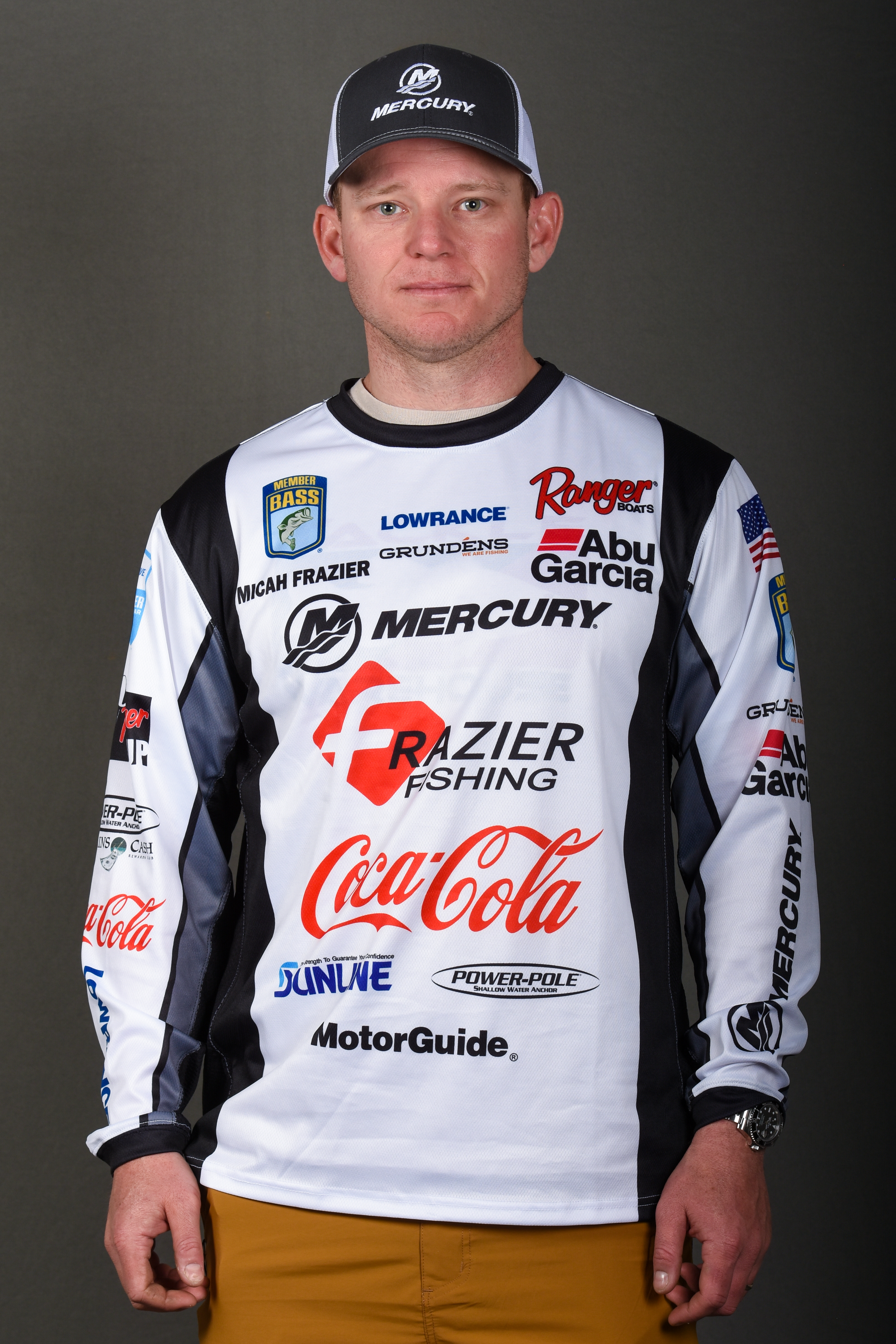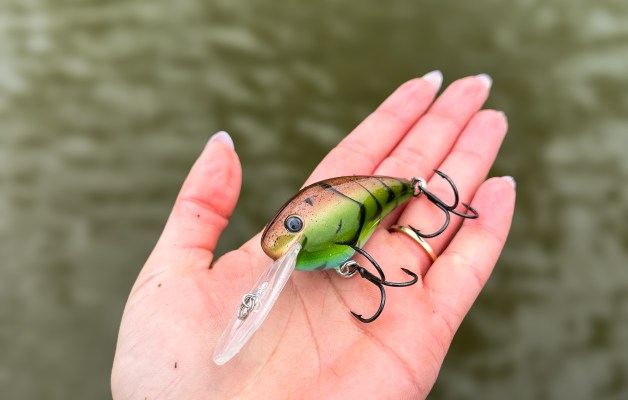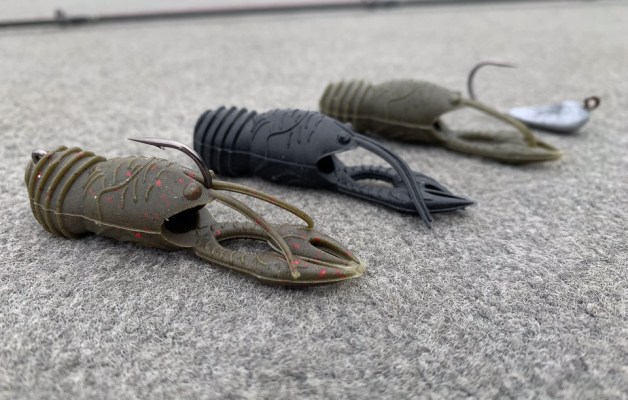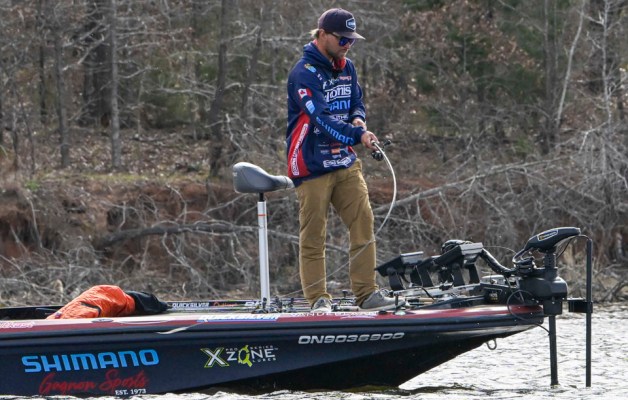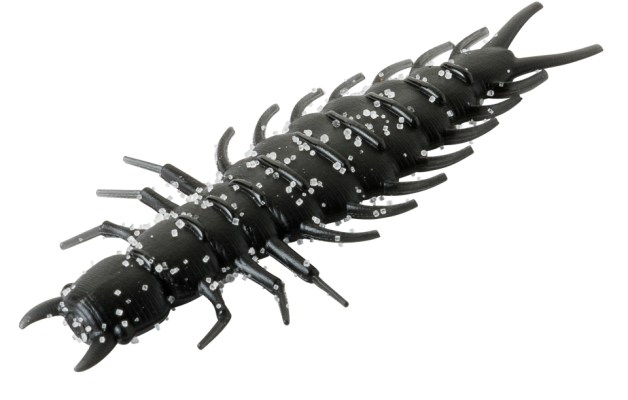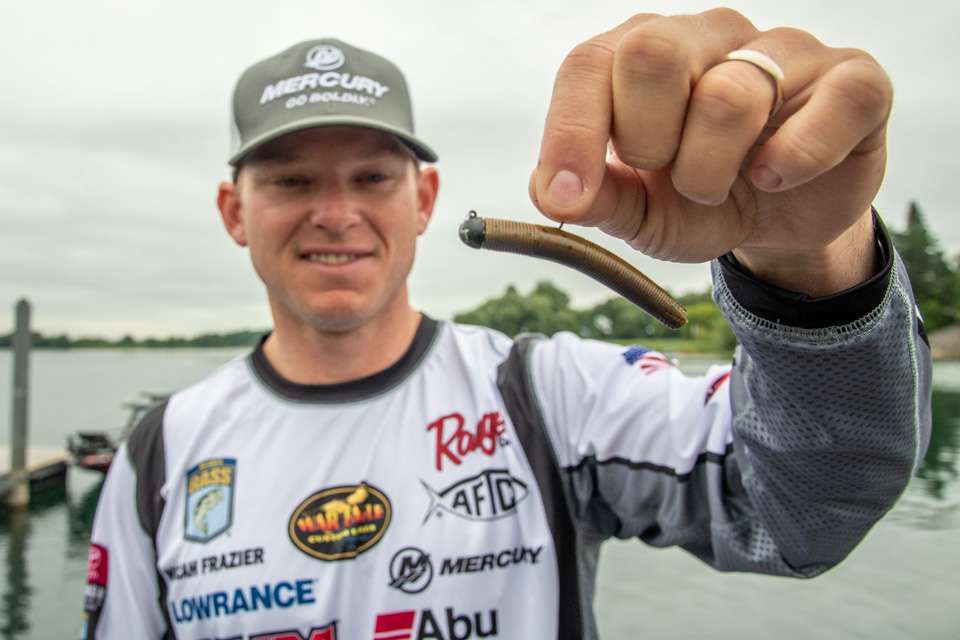
Anytime you’re online, you see tons of ads and posts about fishing accessories. Some accessories are great. Some are okay. And some are probably more trouble than they’re worth.
As a pro fisherman, I need to limit what I have in my boat and what I use in a day of competition. So I don’t have a lot of space or patience for accessories that would just get in the way, but I do use important accessories. When I sat down and thought about it, there are a few accessories that at one time, I honestly never thought I’d use. Now I couldn’t imagine fishing without them. Here they are.
Storage sleeves save headaches
When rod sleeves first hit the market, I didn’t give them much thought, and I actually thought they were kind of nerdy. But I’ve changed my tune and now, and I wouldn’t think about not using them. These are the sleeves you put on your rod when you’re putting your rod back in the rod box, or in the truck, and they save you all the headaches you’d normally get from tangles.
You can reach down and pull a rod out quickly and not worry about everything getting wrapped up and tossed around. That’s a big deal in a tournament, or in bad weather conditions. It’s another way of eliminating a negative out there on the water.
I’ve bought enough sleeves over the years that I have one for every rod in my truck and boat. The sleeves protect your guides and blanks, and I couldn’t imagine not using them.
The Ned rig rules
I won the St. Lawrence Elite Series with a Ned rig, and I’d hardly ever thrown it prior to that. When I first tried the rig a few years ago, my impression was that it catches fish, but all kinds of fish, from bluegill to 5-inch-long bass, so I never used it in competition. But obviously I really like it now.
When you look at it, it’s so dumb-looking. It’s small, it has no action, but when I finally realized how effective it is, it reminded me of something I’m seeing more and more in fishing — how we’re circling back to simpler things. Bass get so much pressure, and they see so many baits, sometimes the simplest, dumbest thing like the Ned rig is the deal.
I should mention that I use a Yum Ned Dinger on my Ned rigs. It’s different than a plain Dinger pinched in half, because the Ned Dinger has a hollow cavity in the tail that creates some buoyancy to help keep the nose down and the tail floating off bottom. I use a bunch of different generic heads, but they all have good Gamakatsu hooks no larger than 1/0.
Head and cheek protection
Head masks and hoods are another accessory I never thought I’d use, but now they’re with me and on me nearly all the time while fishing. I use an Aftco Solido Sun Mask, which keeps the sun off me, but just as important, it prevents my face from getting wind chapped out there in the elements, or when I’m running on plane.
I remember that before I wore the masks, even if it wasn’t sunny, I’d be in the wind all day, and when I got off the water, my face would be really red and wind-burned. A mask really protects me from that. I wear them up over my ears and over my nose.
I wear Aftco’s Solago Sun Gloves too, to protect my skin from UV rays and sunburn. But I also see a lot of value in they way they help me land fish next to the boat. We can’t use nets in the Bassmaster Elite Series, and when you try to grab a fish under the belly, it seems like the cloth texture of those gloves gives me a lot firmer grip than just my bare hands would. They also help with bug protection, and they’re a life-saver around gnats or biting flies or mosquitoes.
Satellite app is indispensible
When Google Earth first came out, it was a bit of a novelty. It showed fisherman a snapshot of an area that was taken sometime in the past, and I struggled to use it to help understand current conditions. But as I used the Google Earth app more and more, I learned that I could use it to see where vegetation grew in the past, or where a clean water line might be in a tidal marsh.
Clean water looks black, and the snapshot will have a time stamp showing month and year. Google may supply a new picture every year or two, but using the time stamp, I can see that vegetation was matted out in a certain areas in a certain year in October. Or early in the year, I like to see where there was clean water and dirty water. Of course you need to read between the lines a little bit, but after a few years you start to see patterns. And that has definitely helped me at times.

